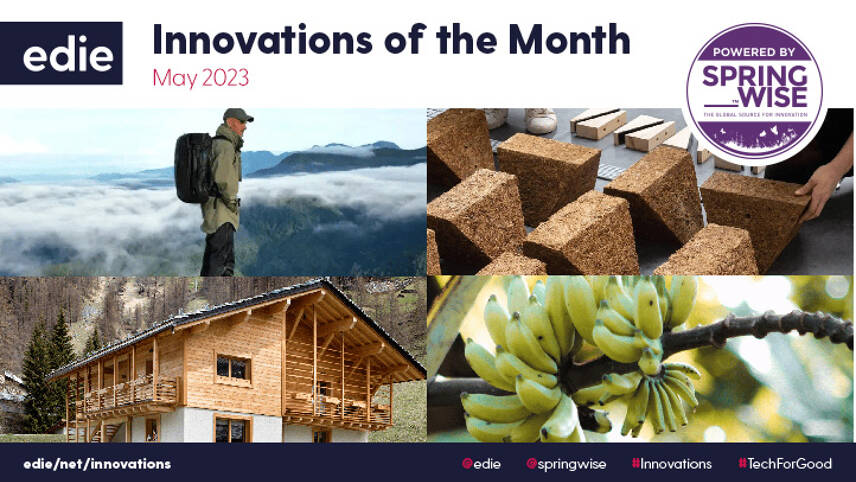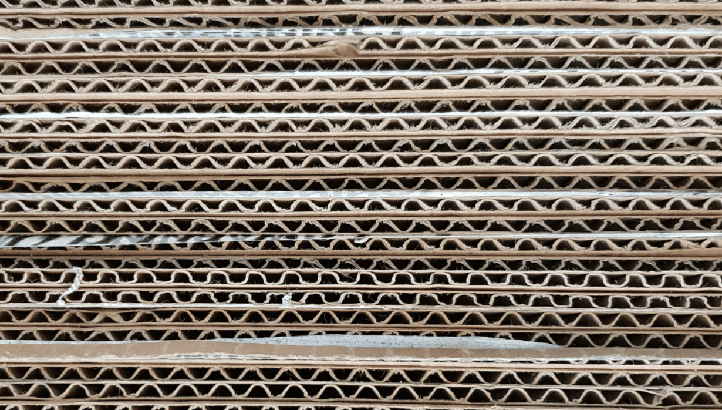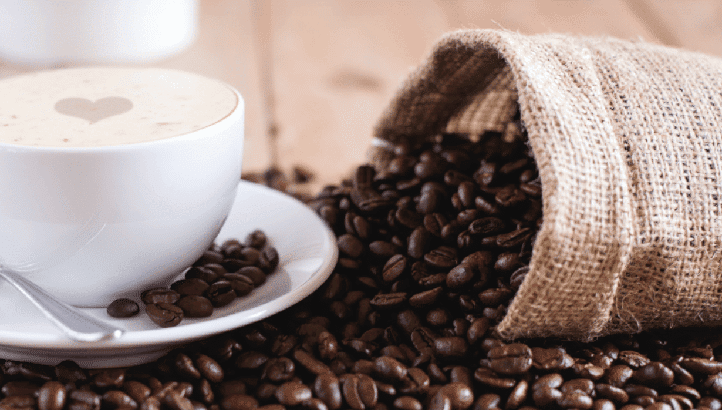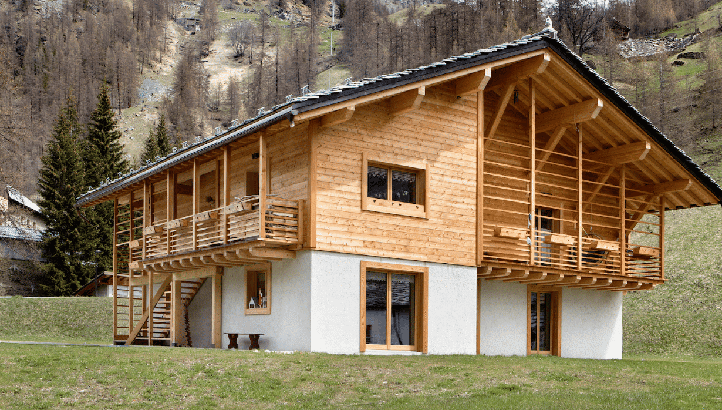Register for free and continue reading
Join our growing army of changemakers and get unlimited access to our premium content

“I believe we must base the next industrial revolution – a planned one – on the thesis that there is no such thing as waste, that waste is simply some useful substance that we do not yet have the wit to use.”
It may surprise you to learn that these words are not from the past decade, during which time the concept of the circular economy has taken off in popularity, but were rather published in a March 1970 edition of the Journal Science.
A circular economy is one where stakeholders are incentivised to reuse and recycle resources. It stands in contrast to a linear economic process whereby raw materials are extracted, converted into products, then thrown away at the end of their useful life.
While the concept has deep roots, we today remain overwhelmingly dependent on non-circular consumption. For example, the Circularity Gap Report 2023, produced by global impact organisation Circle Economy in partnership with Deloitte, found that ‘secondary materials’ – used materials cycled back into the economy – only make up 7.2% of all material inputs.
Part of the solution for delivering a circular economy is behaviour change from consumers, and supportive policy from regulators and lawmakers. But innovation in technology and processes is also essential.
For this reason, and as part of edie’s focus week on the circular economy, our innovations of the month for May are all those that embody circular principles. From green chemicals made from coffee waste to a backpack made of recycled plastic and captured carbon, these solutions give meaning to the proverb ‘one man’s trash is another man’s treasure.’
Photo source GroundTruth
A BACKPACK MADE FROM RECYCLED PLASTIC AND CAPTURED CARBON
The outdoor recreation industry accounts for around 2% of US GDP. And although the sector promotes connection to nature, many of the materials traditionally used in outdoor apparel are unsustainable.
But now materials science company GroundTruth has developed carbon-neutral, vegan, recycled plastic backpacks and carryalls that have a 10-year performance guarantee. The latest product is the 38L Hybrid Duffle Pack that incorporates the company’s latest technology – hardware that incorporates captured carbon.
The packs can be carried by hand, on the back, and across the body, with bottle holders on the front of the pack to make hydrating easy. The bags also open a full 180 degrees for swift accessibility. Notably, each duffle uses 123 plastic bottles for the exterior fabric, and the interior fabric is made from recycled fishing nets.
In tests, the captured carbon material performed 40% better than virgin plastic. The waterproof coating on the material contains no volatile organic compounds, and the company works with Bluesign-certified manufacturers that meet Global Recycled Standards for safe and healthy production processes.
Photo source Tania Melnyczuk on Unsplash
CELLULOSE-BASED INSULATION MADE FROM RECYCLED CARDBOARD
The residential sector accounts for 21% of total energy consumption in the US, with over half of a house’s energy usage coming from heating and cooling. Home insulation is one of the swiftest, easiest ways to improve the energy efficiency of a home, and cellulose could be one of the best materials for preventing heat loss.
Cleantech company CleanFiber uses recycled cardboard boxes – many of them from the millions of Amazon orders placed locally – as the base for its innovative new building insulation. CleanFiber insulation is made by using a proprietary liquid to separate the fibres that make up a cardboard box. The fibres are then infused with an all-borate, liquid fire-retardant before being dried and shredded.
Borates help reduce smouldering and combustion should a fire break out. Adding the retardant to the insulation when it is wet creates a cleaner manufacturing process, by eliminating the need to add additional powders to the insulation after it is dried.
The final product is a soft, dust-free insulation fibre and tests on building sites indicate that the cellulose insulation is easier to install because it doesn’t get caught in machinery during application. Additionally, during production, CleanFiber removes contaminants from the boxes, making the insulation better for the health of those that produce and install it, and those who live and work in buildings insulated with it.
Photo source The University of East London
CONSTRUCTION BLOCKS MADE FROM SUGARCANE
Sugarcane is the world’s most-produced crop as of 2021 and is grown mostly for use as sugar and ethanol. Bagasse is the waste product left behind after the sugarcane is crushed to harvest the juice. Some of this leftover material is used for biofuel, but much is left to go to waste. And many of the world’s developing countries are key sugarcane producers, so finding a way to turn the bagasse waste into a valuable new product would provide significant support in further developing local economies.
Now, a collaborative project based in the University of East London has brought together researchers, commercial partners, sustainability experts, and architects to create Sugarcrete, a concrete brick replacement. According to the team, if only 30% of the world’s bagasse waste was used for Sugarcrete production, the global brick industry could be completely replaced.
Sugarcrete bricks are ultra-low carbon and are made by mixing bagasse with mineral binders. A fast-growing crop, sugarcane is an extremely efficient carbon sink. When combined with the low-emission manufacturing process, the final product becomes a particularly sustainable building option.
The polyhedral bricks are designed to lock together to create strength without the need for additional supplies. Square slabs of the bricks are held together with only perimeter ties, and the team is working on strengthening the bricks further.
The bricks meet industry standards for strength, durability, fire resistance, and thermal properties, and are four times lighter than traditional bricks with only 15% of the carbon footprint. The team has made its research open source to support communities in developing new industries to replace the need to import expensive building supplies.
Photo source Mike Kenneally on Unsplash
CREATING SUSTAINABLE CHEMICALS AND PRODUCTS WITH COFFEE WASTE
It is estimated that 6 million tonnes of coffee grounds are sent to landfills each year, where they create methane – a greenhouse gas that has a greater impact on global warming than carbon dioxide.
Now, a technology company from Warsaw, EcoBean, has created a spent coffee grounds collection service that processes waste into green raw materials and products. By doing this, the startup is extending the coffee value chain and making it more sustainable by introducing a circular economy. And for every tonne of coffee ground waste that is collected by EcoBean, 600 kilogrammes of carbon dioxide are prevented from being emitted.
EcoBean processes the coffee waste into raw materials, including coffee oil, coffee lignin, lactic acid, and protein feed additives, with a focus on zero-waste production. With these green raw materials, EcoBean has developed a range of circular and sustainable coffee-based products.
These usable and recyclable products include EcoBean Flowerpots and EcoBean Straws. The company has also partnered with Dutch startup You Lucky Bird (YLB) to create the You Lucky Bird eco-friendly cups, which are 100%recycled – made from coffee waste and other vegetable-derived materials.
Photo source Max Ducourneau on Unsplash
FABRIC PRODUCTS MADE FROM BANANA FIBRES
As innovators create new sustainable fibres, the options available to those working in the fashion industry are expanding, making it easier to design and produce products with lower carbon footprints. The new fabrics are exciting, bringing with them increased options and challenges for designers. Additionally, many of the companies behind the latest offerings have broader social goals embedded into their working philosophy.
Uganda’s Mawejje Creations, for instance, is a socially minded company that produces textiles made from waste banana plants, fabric offcuts, secondhand clothes, and organic cotton. The business’s Commune Fabric is made for use in fashion and consists entirely of banana crop biowaste. Much like hemp, when grown as part of a sustainable, mixed agricultural crop, the banana plant requires little to no maintenance, making it an excellent replacement for water-heavy cotton crops.
Easily grown in Uganda, the banana plant requires no fertiliser or pesticides, and the production process for the fibres ensures that the final fabric is chemical-free. Mawejje Creations also trains young people in the fabric production process and encourages local farmers to use sustainable methods for the highest quality plants. Importantly, part of the training process includes learning certain styles of weaving as a means of preserving and passing along some of the area’s heritage skills.
Photo source Barbara Corsico
HOUSES MADE FROM RICE
The International Energy Agency (IEA) estimates that the buildings and construction industry was responsible for 39% of process and energy-related carbon emissions in 2018, 11% of which come from the production of building materials. Italy-based architectural firm Ricehouse is on a mission to build houses more sustainably, by using rice by-products.
The company uses natural waste residues, such as rice straw, husk, and chaff from the rice industry to create circular construction materials, including thermal insulating plasters, finishings, lightweight screeds, and prefabricated panels. Ricehouse obtains the waste directly from local farmers in northern Italy, where the company is based, and rice processing factories.
The company believes that engaging in the circular economy, by turning organic waste into a source of value, is vital to green construction and sustainable built environments. And once Ricehouse’s products reach the end of their usable lives, they can either be used in new products or harmlessly returned to nature to break down.
The products have high-performance acoustic insulation, as well as having high durability. And because the final rice-based products are effective thermal insulators, it will help houses achieve energy efficiency standards and cut carbon footprints associated with heating. They are also breathable and resistant to harmful biological agents such as viruses, bacteria, and fungi – making them mould-proof. Crucially, the products can be applied using traditional layering techniques and do not require the use of any specialised equipment.








Please login or Register to leave a comment.